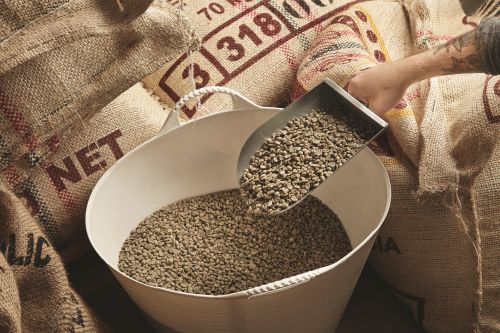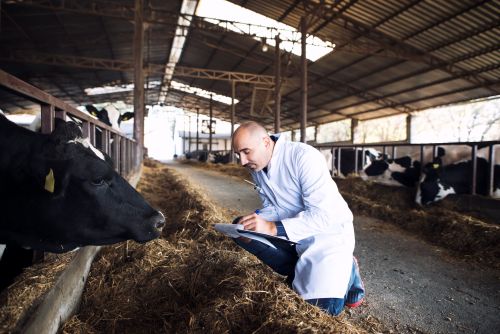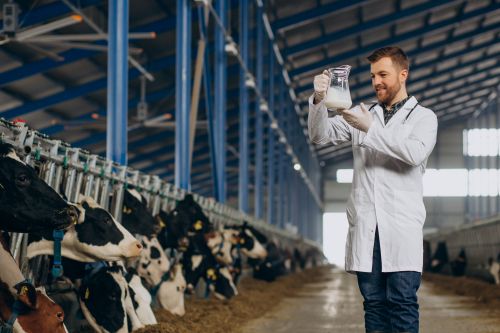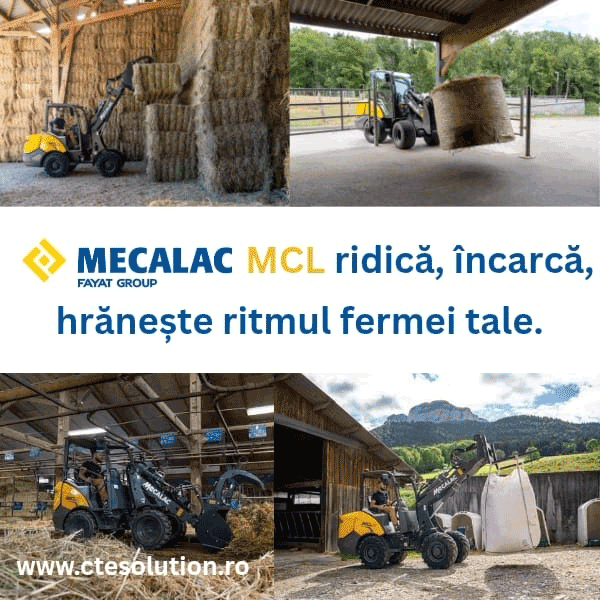381

In an increasingly competitive European market, cooperation remains one of the major weaknesses of Romanian agriculture. According to data from the National Institute of Statistics (INS) and the Ministry of Agriculture and Rural Development (MADR), fewer than 7% of Romanian farmers are members of an associative structure, while the European average exceeds 50%.
This lack of cooperation limits access to financing, marketing channels, and collective price negotiation. By contrast, countries such as France and the Netherlands base their agricultural success on cooperatives that manage logistics, processing, and large-scale exports.
To address this gap, the National Strategic Plan 2023–2027 includes Measure DR-33, dedicated to supporting cooperatives and producer groups, with an allocation of over €200 million by 2027. According to the Agency for Rural Investment Financing (AFIR), more than 150 new cooperatives were already funded in 2024, most of them in the crop and livestock sectors.
Experts believe that a coherent strategy for integrating small farms into cooperative networks could double their income in the medium term. Cooperation is no longer just a recommendation—it has become an essential condition for the economic survival of small agricultural producers.
(Photo: Freepik)





